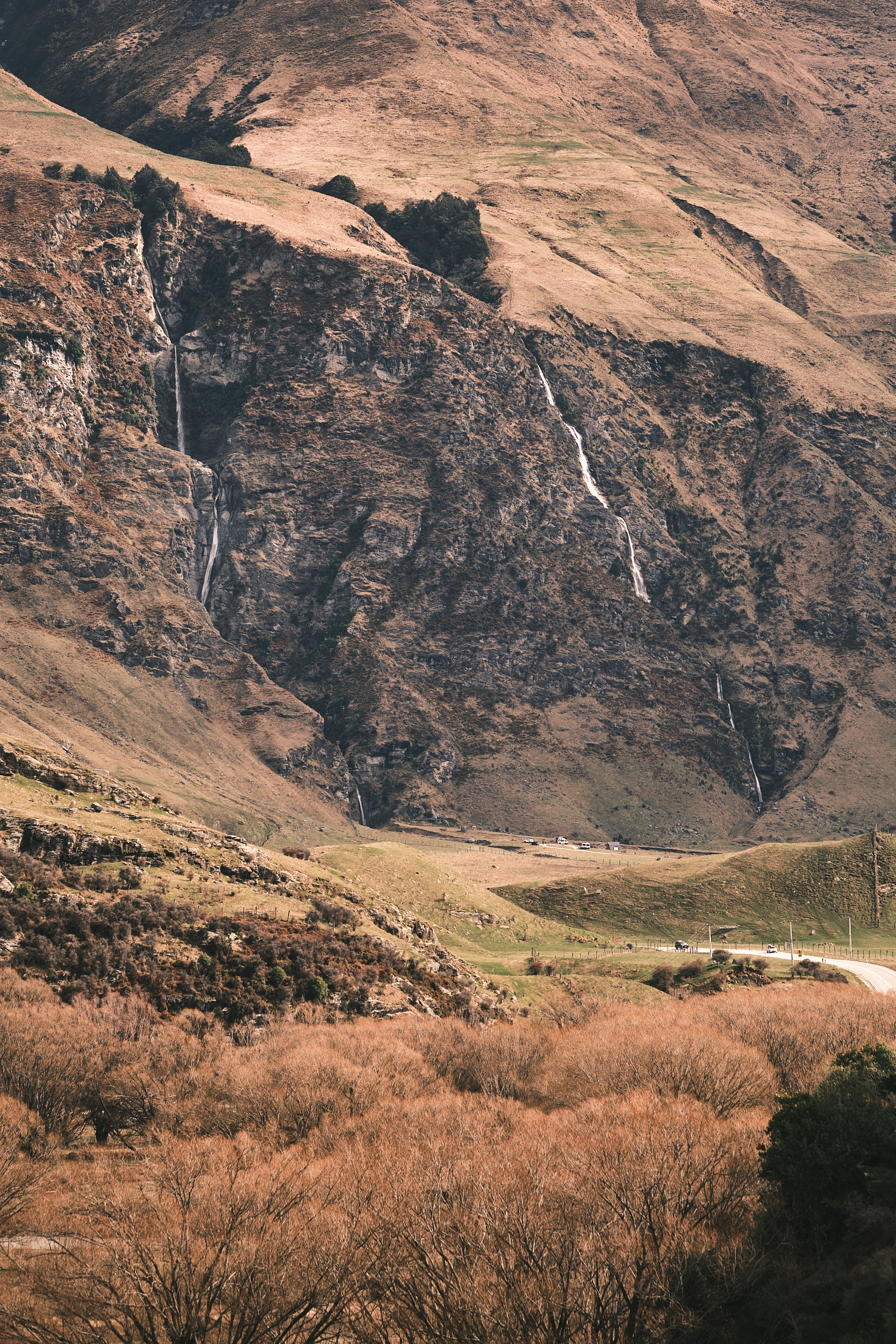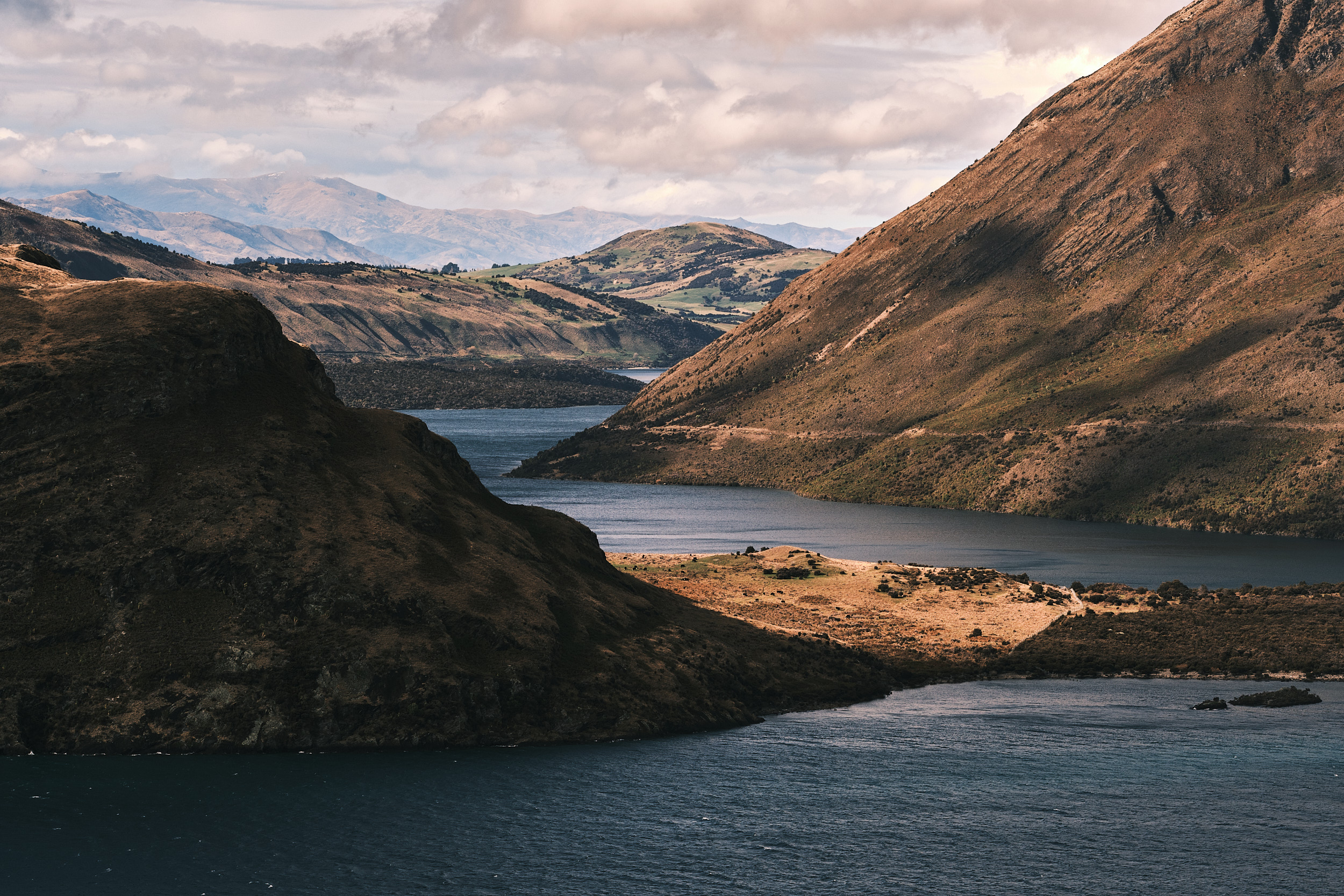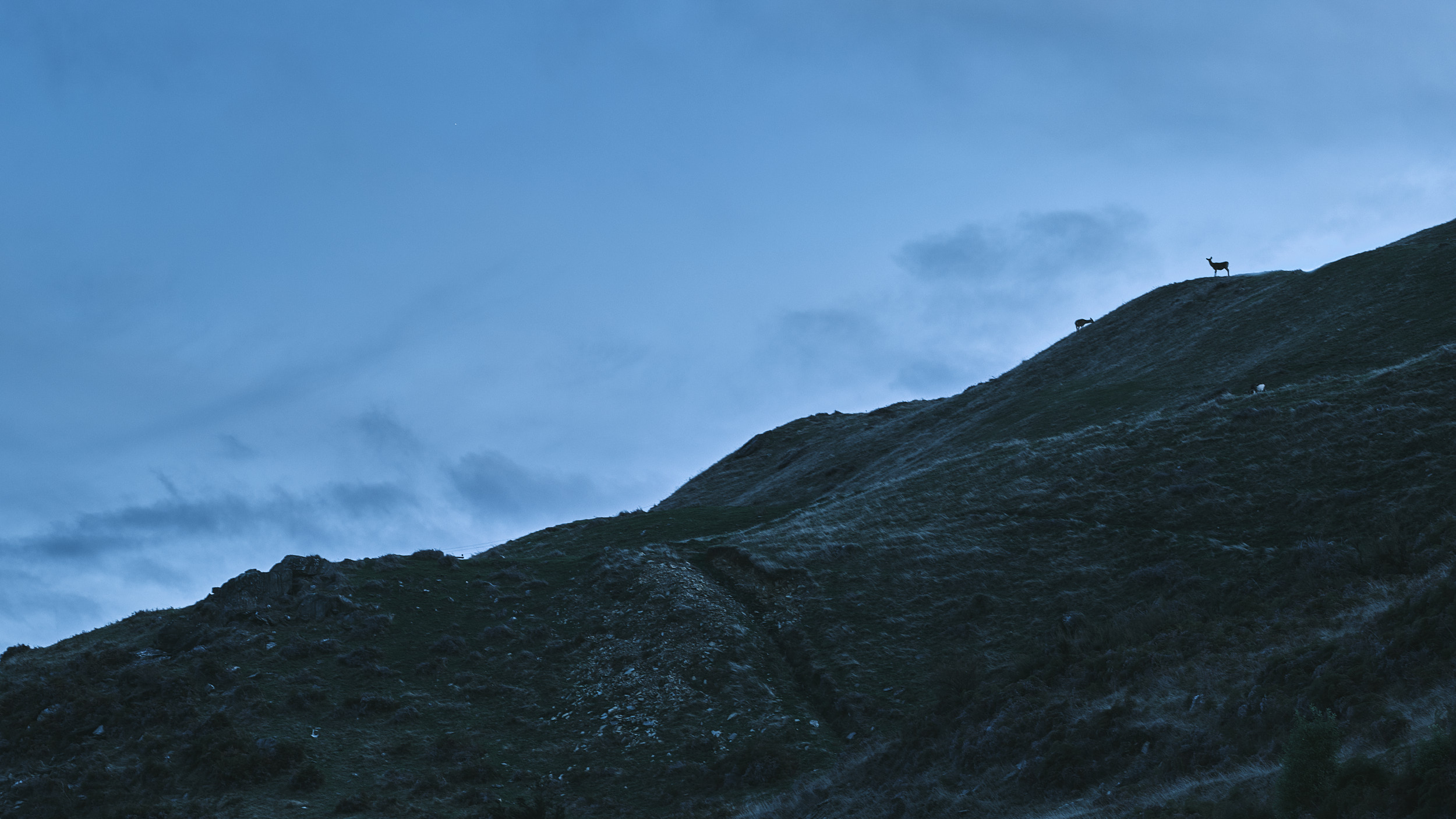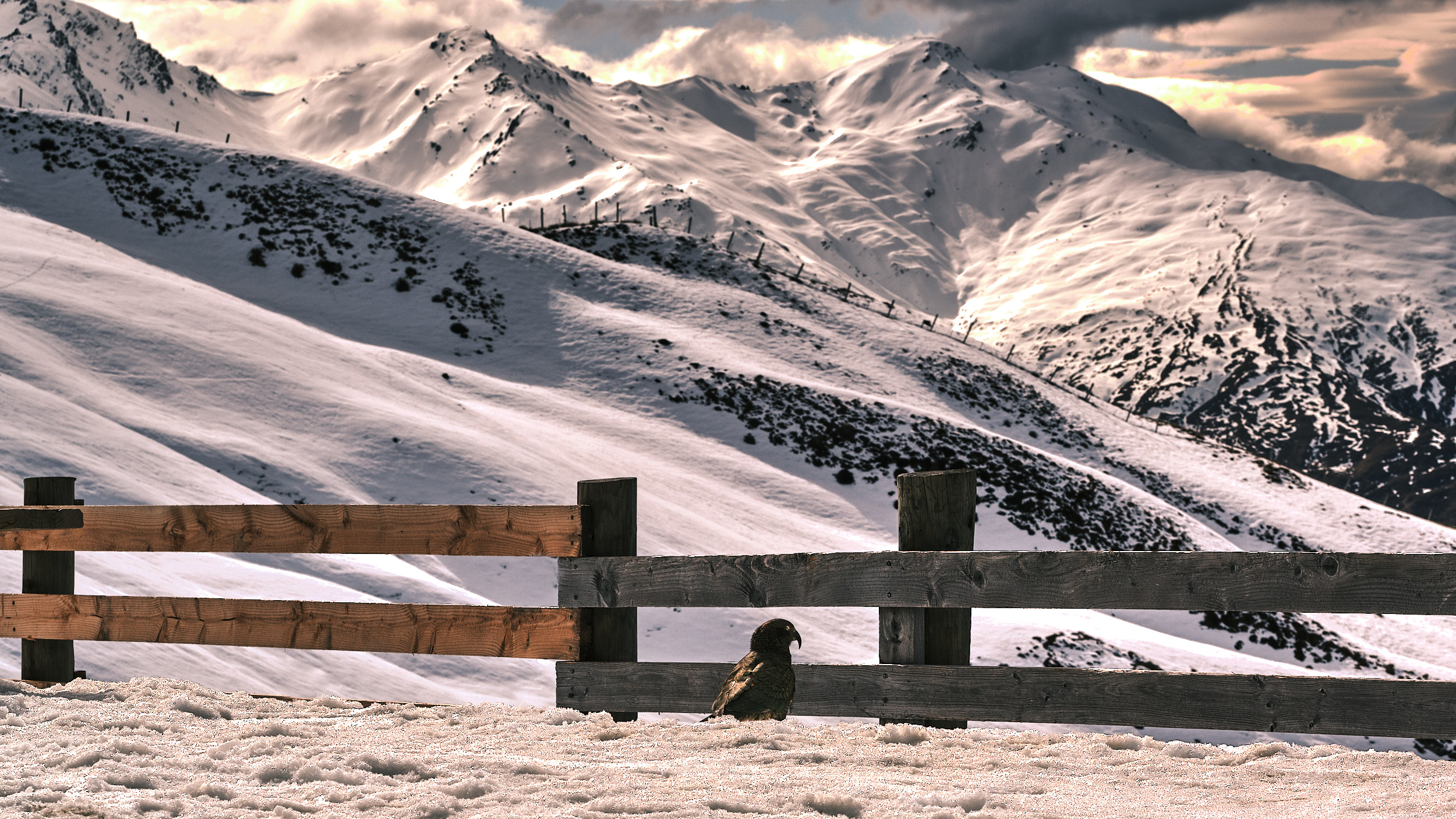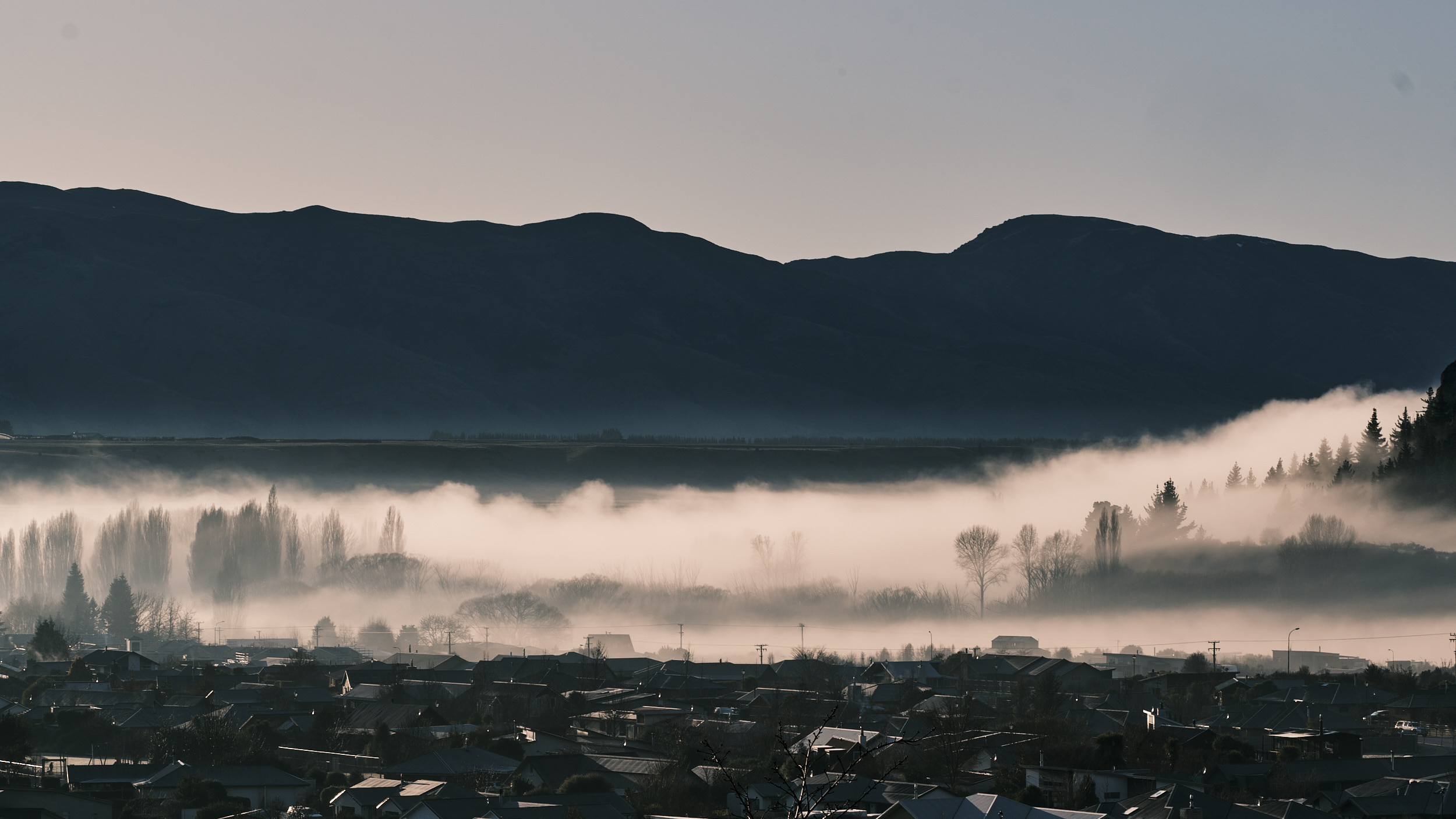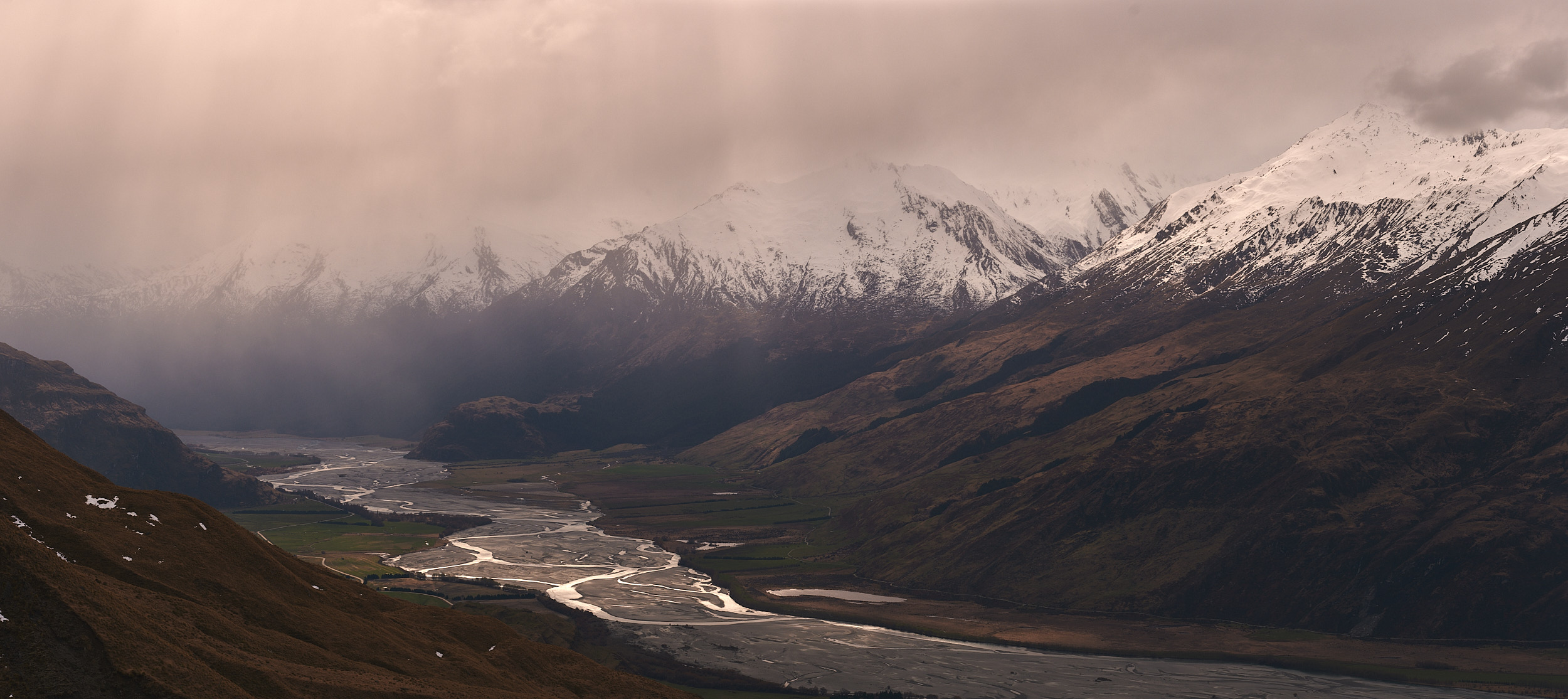It’s cold, -4°C and I haven’t been this cold in years. In Tāmaki Makaurau Auckland, where I live, there hasn’t been a frost, let alone a sub-zero morning, in a long time. However, here in Wanaka in Aotearoa’s South Island it is very common. It’s also early (5:30am) and I have to remind myself that real landscape photographers, the likes of James Popsys, Andy Mumford and Nigel Danson, wouldn’t blink at this time. But I’m on holiday and while our new baby is sleeping soundly in his travel cot, I should really be doing the same, not donning the thermals and heading down to the lake. But I am very determined to try the XF90mmF2 as a landscape lens and the weather is calm, the sun is starting to show across the mountains and so it’s now or never!
The reason I am so keen to try this is for one reason: compression. In the vastness of the Southern Alps, most photographers would justifiably reach for the XF16mmF1.4, the XF8-16mmF2.8 or the XF10-24mmF4, all of which are fantastic lenses. Super-wide lenses capture so much of the landscape but unless you have an interesting foreground, reference objects can seem distant due to barrel distortion. Knowing that I have the constraint of having brought baby Fergus on his first holiday and so long hikes are very limited, I am not going to have the luxury of being able to tramp into the mountains to find a foreground that will mean the majesty of the mountains will be shown in their grandeur. I need to bring the mountains to me and so I am determined to us the compression of the 137mm full-frame equivalence in the XF90mmF2 to my advantage.
There are far more qualified people than me to talk about how and why compression works. In a nutshell, the wider the focal length, the more exaggerated the foreground will be. This gives the impression of pushing the objects in the distance further away. The inverse is true of a longer focal length and so distant objects can seem pulled towards you creating a ‘compressed’ scene. FujiLove’s very own Dylan Goldby wrote a fantastic article explaining this and it very much inspired this article.
So how did I get on? Well, it was interesting and a very enjoyable creative exercise to only make use of this focal length in a landscape context. Firstly, being able to showcase the inclement cloud over the mountain tops was great. I was a long way from them but the reach of the XF90mmF2 really made it possible to capture the drama of the cloud formations. One thing to say in general about the lens is that it is so tack sharp, quick to focus and I was never worried about missing the moment; it is a real joy to use (even with the naff plastic hood). It is also relatively light, which meant carrying it around was never a chore.
The benefits are clear: a nice gentle compression, lightweight lens and very sharp. But there are some drawbacks to using this focal length for your landscapes. On reflection, some of the problems are really on me. Put simply, I wanted it all! I wanted the XF90mmF2 to give me both the tight shots but also provide the expanded horizons of a wide angle to show the vastness of the scenery. My workaround to this was panoramic stitching in Capture One but to capture the scenery I required so many images that the resulting stitch was very narrow.
Similarly, I also started to feel that without a foreground and relatable subject, the scale of the scenery was being lost by the narrowness of the focal length. To counter this, I began to hunt down subjects for my images to give a point of reference for scale. Some mountain deer, a kea (native New Zealand mountain parrot) and the TSS Earnslaw on Lake Wakatipu helped me in his regard. These were amongst my favourite images of the trip and give the viewer an invitation into the image that they need.
Was my XF90mmF2 experiment a success and would I do this again? It’s complicated. I am not a landscape photographer but when I first started taking photographs it is what I aspired to be. I have found a new respect for the likes of Popsys, Danson and Mumford who set out at all hours, walk all sorts of distances and have huge patience waiting for the exact moment when the light is perfect to capture a beautiful scene. I barely have time to fit in the environmental portrait shoots and events that I am offered, so leaving the baby with my wife for a six-hour round trip walk into the wilderness isn’t realistic. At one embarrassing point on this trip, we were driving down an isolated road with the mighty Rob Roy glacier ahead and I asked Katharine to keep the car straight while I idled it slowly forward, so as to not wake the baby, while I tried to take a five-image series with the 90mm through the car window. Suffice to say, it wasn’t very good! Either do it properly or not at all! I hope I can carve out more opportunities for this type of photography my future, but in the short term I am not so sure.
Would I use the XF90mmF2 for landscapes in the future? Absolutely. Once I started thinking in the focal length I was using, and embraced the benefits and limitations of the lens, I was very happy with the results. The gentle compression that comes with this focal length is enough to bring those very distant subjects into reach, and the sharpness and colour renditions are excellent. Any failings in the project were very much mine; the lens was stellar. Strap your thermals on, leave the baby sleeping and get out there with a longer focal length for your landscapes, I hope you will enjoy the results as much as I have.



